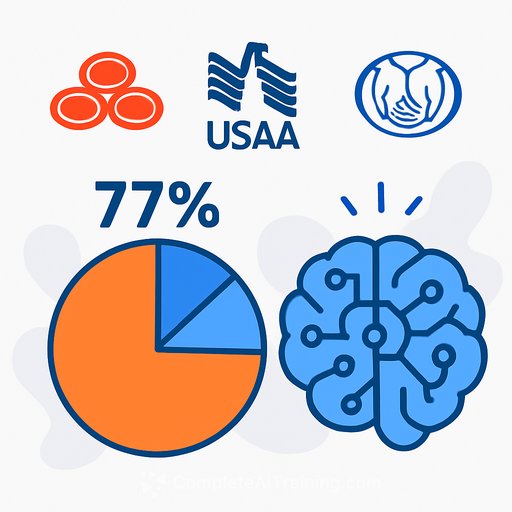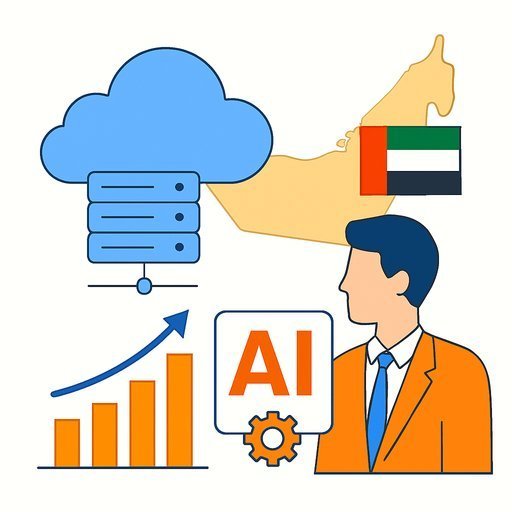AI’s Role in Managing Catastrophic Events and Claims
In 2024, the United States faced 27 billion-dollar weather and climate disasters, a number expected to grow by nearly 20% in 2025, according to the National Oceanic and Atmospheric Administration (NOAA). These catastrophic events place tremendous pressure on insurers, affecting everything from financial results to the workload of frontline claims professionals.
Natural disasters are unavoidable, and their effect on the claims process is significant. Insurers must handle surges in claim volumes and severity, while also addressing employee burnout, fraud attempts, missed subrogation opportunities, and the overall policyholder experience. The efficiency and accuracy of claims handling become critical during these times.
Automating Claims to Focus on Complexity
Can routine claims be automated to free adjusters for complex cases? Efficient automation ensures unaffected policyholders receive prompt settlements, while adjusters concentrate on claims needing personalized attention. Identifying fraudulent claims quickly and spotting subrogation opportunities before they expire are essential capabilities enhanced by AI technologies.
Detecting and Preventing Fraud
Catastrophic events create fertile ground for fraud. The surge in claims volume can overwhelm systems, allowing opportunistic or organized fraud rings to exploit the chaos. Fraudulent claims may appear legitimate, backed by plausible damages and supporting evidence, making detection challenging.
AI and generative AI (Gen AI) offer effective tools to combat this. For instance, AI can analyze photo metadata to verify if images align with the claimed event’s timing. It can also detect pre-existing damages mistakenly or intentionally claimed as caused by the disaster, such as rot or wear. Discrepancies between claim narratives and photographic evidence trigger alerts for further review.
Moreover, AI can identify images generated by Gen AI, which might indicate fraudulent submissions. By analyzing relationships between involved parties, AI can uncover suspicious connections among contractors and policyholders that suggest collusion. These insights help insurers distinguish genuine claims from fraudulent ones during overwhelming claim surges.
Enhancing Claims Automation and Customer Experience
While disasters impact specific areas, normal claims continue nationwide. The influx of complex claims can strain claims organizations, risking slower service and customer dissatisfaction. Timely, fair settlements are crucial to maintaining policyholder trust and retention.
AI helps by filtering out suspicious claims, allowing claims professionals to focus on legitimate cases. Automation streamlines settlements for appropriate claims, reducing friction and speeding up the process. For more complex claims, Gen AI assists by summarizing data and suggesting next steps, supporting less experienced adjusters who may be handling routine claims while senior staff focus on disaster-related tasks.
Subrogation Opportunities Amid Disasters
Subrogation may seem less relevant during natural disasters since damages are usually caused by the event itself. However, AI can still play a role. For example, local authorities might have protocols to prevent flood damage. If these protocols are not followed, claims arising from resulting damages may include recoverable subrogation opportunities.
AI can spot unusual claim patterns or narratives indicating negligence or oversight, prompting deeper investigation. Additionally, policyholders outside disaster zones still file routine claims, some involving third-party liability. AI can quickly identify subrogation prospects, notify specialists, and assess recovery chances within critical timeframes.
Conclusion
Disasters strike unexpectedly, and insurers must respond swiftly while balancing operational efficiency and customer care. AI and Gen AI improve the claims process by detecting fraud, enabling automation, enhancing customer service, and uncovering subrogation opportunities. These technologies support insurers in managing the increased demands and risks that catastrophic events bring to the claims environment.
For insurance professionals interested in expanding their AI knowledge, exploring training options can be valuable. Check out Complete AI Training for courses on AI applications in insurance and claims management.
Your membership also unlocks:






